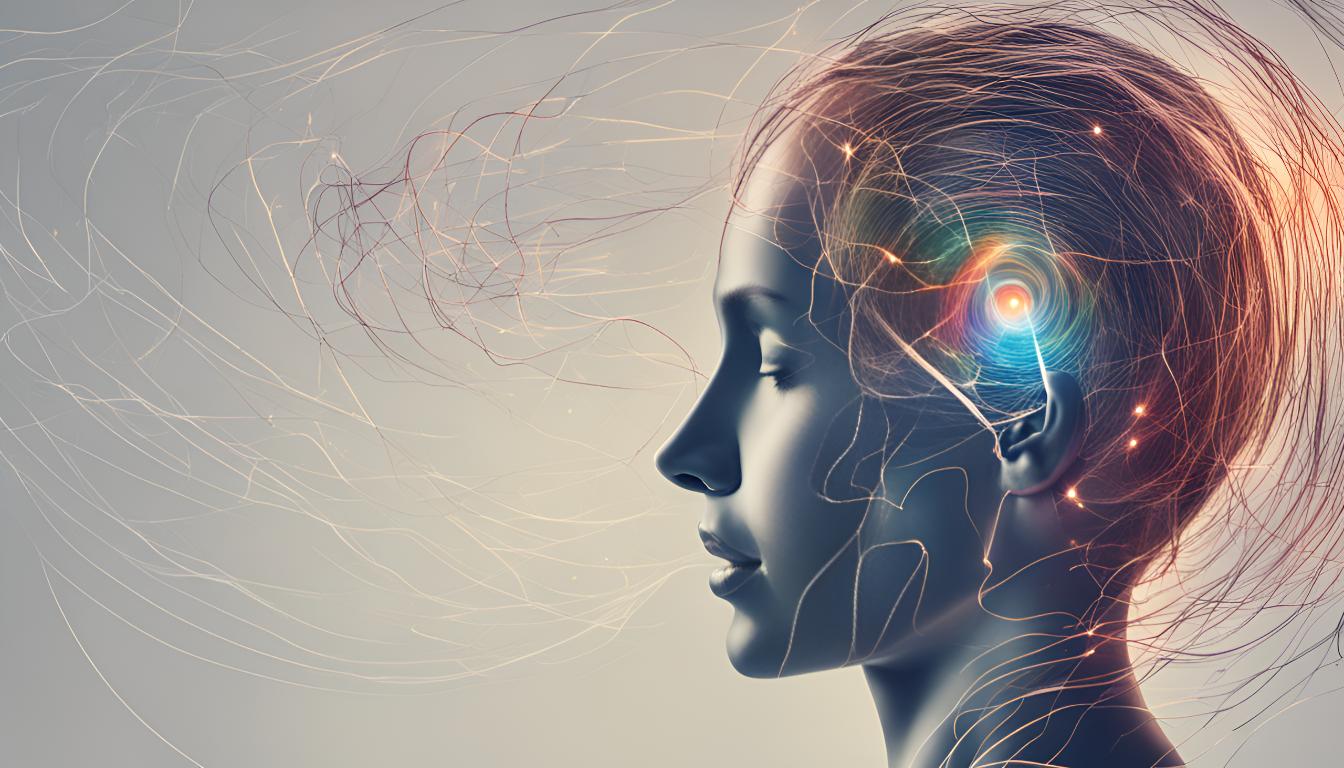
Brainwave Entrainment Therapy
UnderstandingBrainwave Entrainment: Fundamentals and Benefits
Brainwave entrainment, also known as brainwave synchronization, is a technique that uses rhythmic stimuli to induce specific brainwave frequencies, aligning the brain's electrical activity with external stimuli and promoting various mental and physical health benefits (Hanslmayr et al., 2019).
The brain operates at different frequencies depending on our mental state, which are categorized into five types. Delta waves (0.5-4 Hz) are associated with deep sleep and restorative healing; Theta waves (4-8 Hz) are linked to light sleep, deep relaxation, and creativity; Alpha waves (8-12 Hz) are present during relaxed wakefulness, meditation, and a state of calm focus; Beta waves (12-30 Hz) dominate during active thinking, problem-solving, and focus; and Gamma waves (30-100 Hz) are related to higher cognitive functions, such as learning and memory (Abhang et al., 2016).
Brainwave entrainment leverages external stimuli, such as auditory or visual pulses, to influence these brainwave patterns, promoting a desired mental state. Some of those methods are:
Auditory Stimulation, includes several forms, each leveraging rhythmic sounds to influence brainwave activity. Binaural beats involve playing two slightly different frequencies in each ear, leading the brain to perceive a third tone, which is the mathematical difference between the two frequencies; for example, a 300 Hz tone in one ear and a 310 Hz tone in the other creates a 10 Hz beat, encouraging brainwaves at that frequency (Ingendoh et al., 2023). Isochronic tones are single tones that pulse on and off at regular intervals, forming a rhythmic pattern that can entrain brainwave activity (Engelbregt et al., 2019). Monaural beats, unlike binaural beats, combine two tones to create a single beat, which is then played to both ears, similarly influencing brainwave patterns (Ingendoh et al., 2023).
Visual Stimulation, includes rhythmic light pulses, that can help synchronize brainwaves by stimulating the visual cortex, such as Flickering Lights (Park et al., 2022).
Benefits of Brainwave Entrainment
This form of therapy has shown a range of benefits across various domains. Including cognition, pain reduction, anxiety, stress, recovery and emotional regulation, among others. Thus, Brainwave entrainment is a promising tool that harnesses the power of rhythmic stimuli to align brainwave frequencies with desired mental states. By understanding and utilizing this technology, individuals can potentially enhance their mental and physical well-being. As research continues to evolve, brainwave entrainment stands to become an increasingly valuable component of holistic health and wellness practices.
References
-
Hanslmayr S, Axmacher N, Inman CS. Modulating Human Memory via Entrainment of Brain Oscillations.
Trends Neurosci. 2019 Jul;
42(7):485-499. doi: 10.1016/j.tins.2019.04.004.
-
Abhang PA, Gawali BW, Mehrotra SC. Technological Basics of EEG Recording and Operation of Apparatus. Introduction to EEG- and Speech-Based Emotion Recognition.
2016: 19–50. doi:10.1016/b978-0-12-804490-2.00002-6
-
Engelbregt H, Meijburg N, Schulten M, Pogarell O, Deijen JB. The Effects of Binaural and Monoaural Beat Stimulation on Cognitive Functioning in Subjects with Different Levels of Emotionality.
Adv Cogn Psychol. 2019 Aug 30;
15(3):199-207. doi: 10.5709/acp-0268-8.
-
Ingendoh RM, Posny ES, Heine A. Binaural beats to entrain the brain? A systematic review of the effects of binaural beat stimulation on brain oscillatory activity, and the implications for psychological research and intervention.
PloS one, 2023;
18(5): e0286023. doi: 10.1371/journal.pone.0286023
-
Park Y, Lee K, Park J, Bae JB, Kim SS, Kim DW, Woo SJ, Yoo S, Kim KW. Optimal flickering light stimulation for entraining gamma rhythms in older adults.
Sci Rep. 2022 Sep 16;
12(1):15550. doi: 10.1038/s41598-022-19464-2.